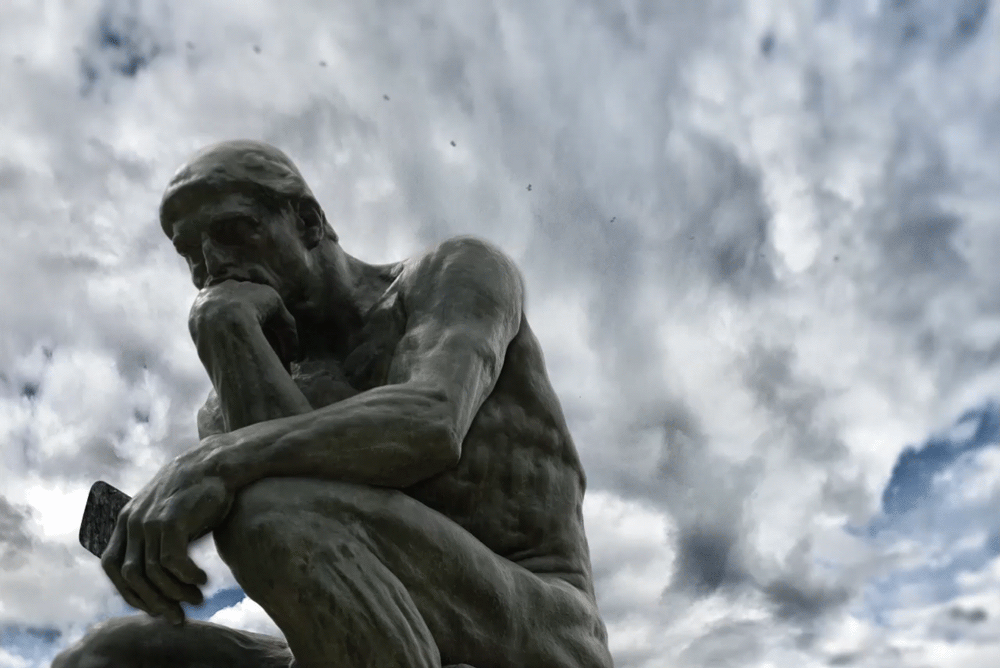Trust me on this: We haven’t even started the process of asking crucial questions about how the coronavirus pandemic has affected life in traditional religious institutions and congregations.
Logically enough, that means we haven’t even started trying to find answers to those questions in surveys and statistics. Some of those answers may only be seen in hindsight, way in the future.
But you have to start somewhere. The goal of this “think piece” post is to point readers to an thought provoking essay at the website of The Gospel Coalition by political scientist and GetReligion contributor Ryan Burge. The headline there: “Did the Pandemic Wreck the Church?”
Before we go there, let me remind readers of a related question that I asked earlier this week at the end of this post: “Ask this: Why did many flocks survive or thrive in pandemic, while others were hit hard?” I was reacting to this passage in an Associated Press report:
… A September survey of 1,000 protestant pastors by the evangelical firm Lifeway Research found about half of congregations received roughly what they budgeted for last year, with 27% getting less than anticipated and 22% getting more.
So the pandemic didn't crash everyone, in terms of church life. Thus, I asked:
What churches managed to grow? Were there church-growth experts with any theories as to why this happened?
My predictions: Look for children and converts.
Burge is responding to religious leaders who are being tempted to assume that everything was going fine — until that whole COVID-tide thing.
Here is his overture:
What effect will the coronavirus pandemic have on the future of American religion? Our country has not seen such a radical and abrupt shift in behavior in the last hundred years. Suddenly almost all churches, mosques, and synagogues in the U.S. suspended congregational meetings.










